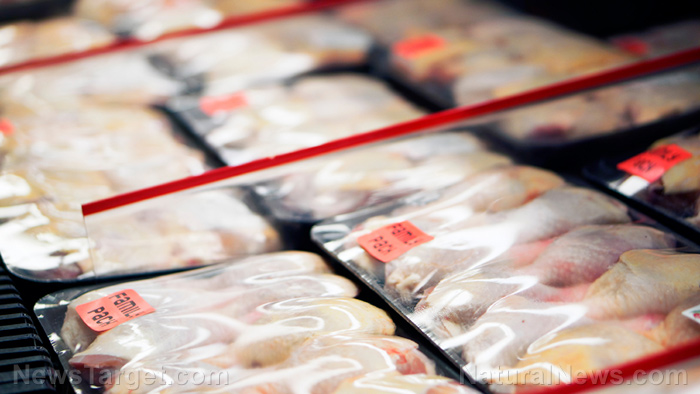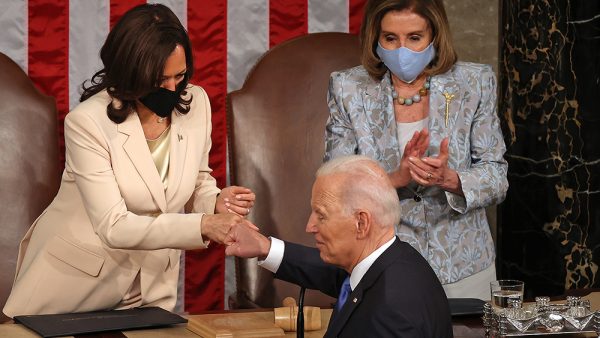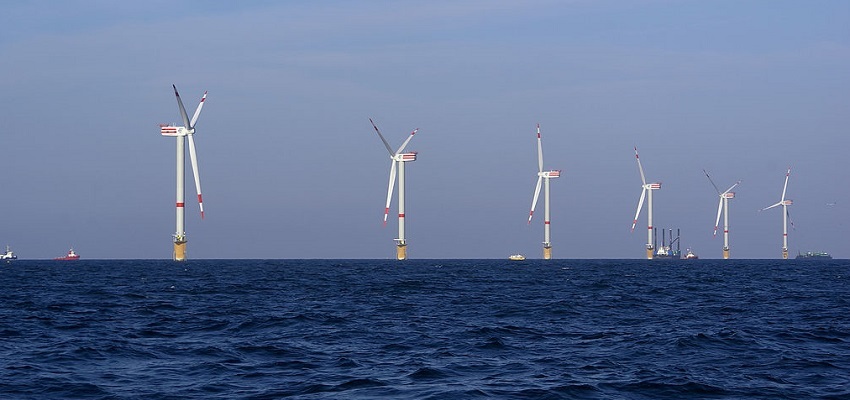China scrutinizes frozen food during latest coronavirus outbreak
By ramontomeydw // 2021-08-07
Tweet
Share
Copy

Chinese authorities set their sights on frozen food imports during the latest outbreak of the Wuhan coronavirus (COVID-19) in the country. According to local reports, different Chinese cities tightened their inspections on frozen foods to curb COVID-19 transmission. China put forward the theory that SARS-CoV-2 came from another country and reached its borders through frozen meat.
Local reports said the city of Zhengzhou in Henan province and the city of Haikou in Hainan province will intensify their inspection of imported frozen food. Meanwhile, authorities seized frozen pork bone and beef ribs from a hot pot restaurant in Jiangsu province's Nantong city. The frozen ribs from the U.K., Brazil and Canada were confiscated as the restaurant's operators were unable to show relevant papers.
Officials in the city of Nanjing also investigated more than 13,000 cold chain facilities for food and other items. They also tested more than 35,000 samples, but all were negative for COVID-19. The Nanjing authorities' investigation came amid the latest outbreak caused by the highly infectious B16172 delta variant. First detected at the Nanjing Lukou International Airport in late July 2021, the variant has since spread to nearly half of China's 32 provinces within two weeks.
China has espoused the frozen food theory as the main reason for COVID-19's spread, saying that SARS-CoV-2 can survive on frozen food and packaging. In early 2021, the country's mass testing and disinfection of frozen food caused severe port congestion and long delays in the issuance of customs clearances. The vigilance toward the pathogen has even spread to supermarkets – with some groceries having separate coolers for imported items.
However, health authorities outside China downplayed the possibility of the virus spreading through frozen food. According to the World Health Organization (WHO) and the U.S. Centers for Disease Control and Prevention, the likelihood of catching COVID-19 was very low.
China focused on frozen food, not laboratories, as the source of COVID-19
In February 2021, Taiwan News spoke to geneticist Zhang Daoyu regarding the frozen food theory. According to Zhang, if SARS-CoV-2 came from frozen food – then the frozen food's place of origin should have suffered an outbreak. He added that there is no evidence of the virus's circulation anywhere in the world before the Wuhan outbreak. Zhang continued that claims of the virus being detected in frozen food involved only positive polymerase chain reaction (PCR) tests – which meant that the viral particles were already inactive and unable to infect people. "They simply cannot produce human infection because they are not active viruses," he said. Furthermore, China also claimed that salmon from Norway and chicken wings caused additional outbreaks in the country. Both claims were later debunked. Referring to the mainland, Taiwanese Health and Welfare Minister Chen Shih-chung said there is one country in the world repeatedly reporting frozen food products testing positive for COVID-19. Chen added that Taiwan tested 408 samples from 104 batches of frozen meats and seafood for COVID-19. The frozen products from 10 countries including China all tested negative for the virus, further debunking the possibility of COVID-19 transmission through frozen food. A March 2021 report by scientists from the WHO and China said "the probability of a cold-chain contamination with the virus from a reservoir is very low." It pointed out that the SARS-CoV-2 entering China through frozen food in December 2019 would have been "extraordinary" as the pathogen had not been detected in other places that time. Despite the "possible" chance of transmission, the report said there was no conclusive evidence that frozen food played any role in the virus's transmission. (Related: WHO investigators say it's extremely unlikely the coronavirus entered Wuhan through frozen foods.) The report's conclusion pointed to animal-to-human transmission as the likely source of COVID-19. It explained that SARS-CoV-2 was very likely to have come from bats, then transferred to an intermediary animal. Humans then caught the pathogen from the animal before it spread widely among the population of Wuhan. However, the report downplayed the possibility of the pathogen leaking out of a high-security laboratory in Hubei province where Wuhan was located. Evidence for the lab leak theory recently emerged, with the WHO calling for a renewed investigation on the matter. WHO Director-General Tedros Adhanom Ghebreyesus said on July 15 that it was "premature" to rule out the lab leak theory. (Related: WHO chief FINALLY admits it was premature to discount lab leak theory.) CommunistChina.news has more about China's insistence on the frozen food theory as the possible origin of COVID-19. Sources include: Bloomberg.com FoodProcessing.com TaiwanNews.com.tw MedicalXpress.com TheEpochTimes.comTweet
Share
Copy
Tagged Under:
food science outbreak grocery frozen food badscience badhealth coronavirus Wuhan coronavirus covid-19 coronavirus transmission covid-19 pandemic covid-19 testing COVID-19 origins animal to human transmission lab-leak theory frozen-food theory frozen foods food disinfection
You Might Also Like
Hundreds of thousands protest discriminatory COVID-19 vaccine passports in France
By Cassie B. // Share
Recent News
Global tensions escalate as US-Israel strategy risks multi-front war with Iran, Russia, and China
By finnheartley // Share
The 2026 Reckoning: America’s collapse is now unstoppable
By finnheartley // Share
15 Vitamin C rich foods that can radically transform your SKIN
By ljdevon // Share
The snacking shift: How timing and quality are redefining healthy eating
By willowt // Share











